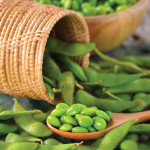In recent years meat fraud has been a growing problem. Unscrupulous sellers have been caught adulturating beef with cheaper horsemeat and swapping chicken for turkey in sausages labelled 100 per cent turkey. Now researchers from the Complutense University of Madrid say they’ve developed an electrochemical biosensor that can quickly detect a DNA fragment unique to









